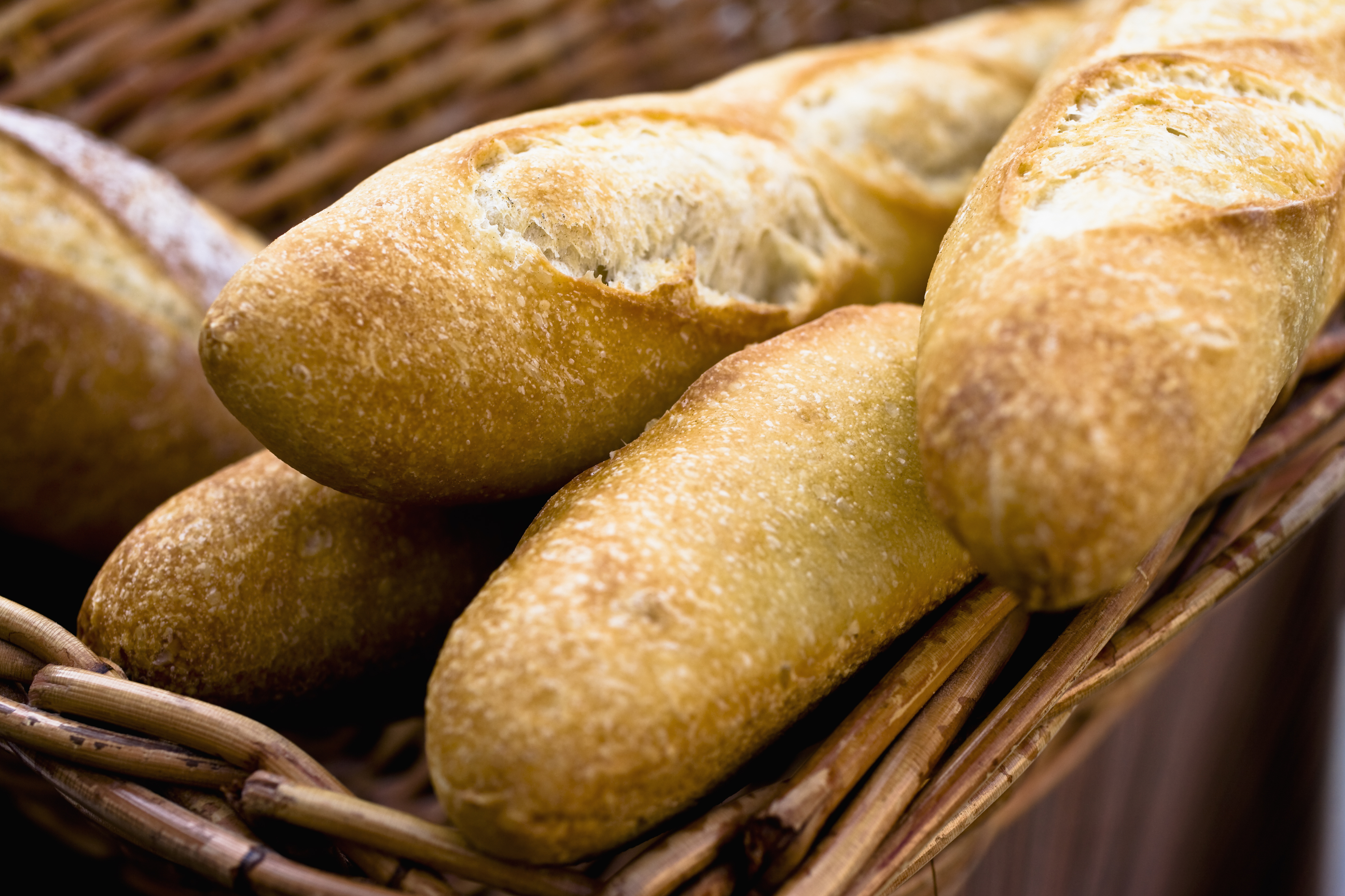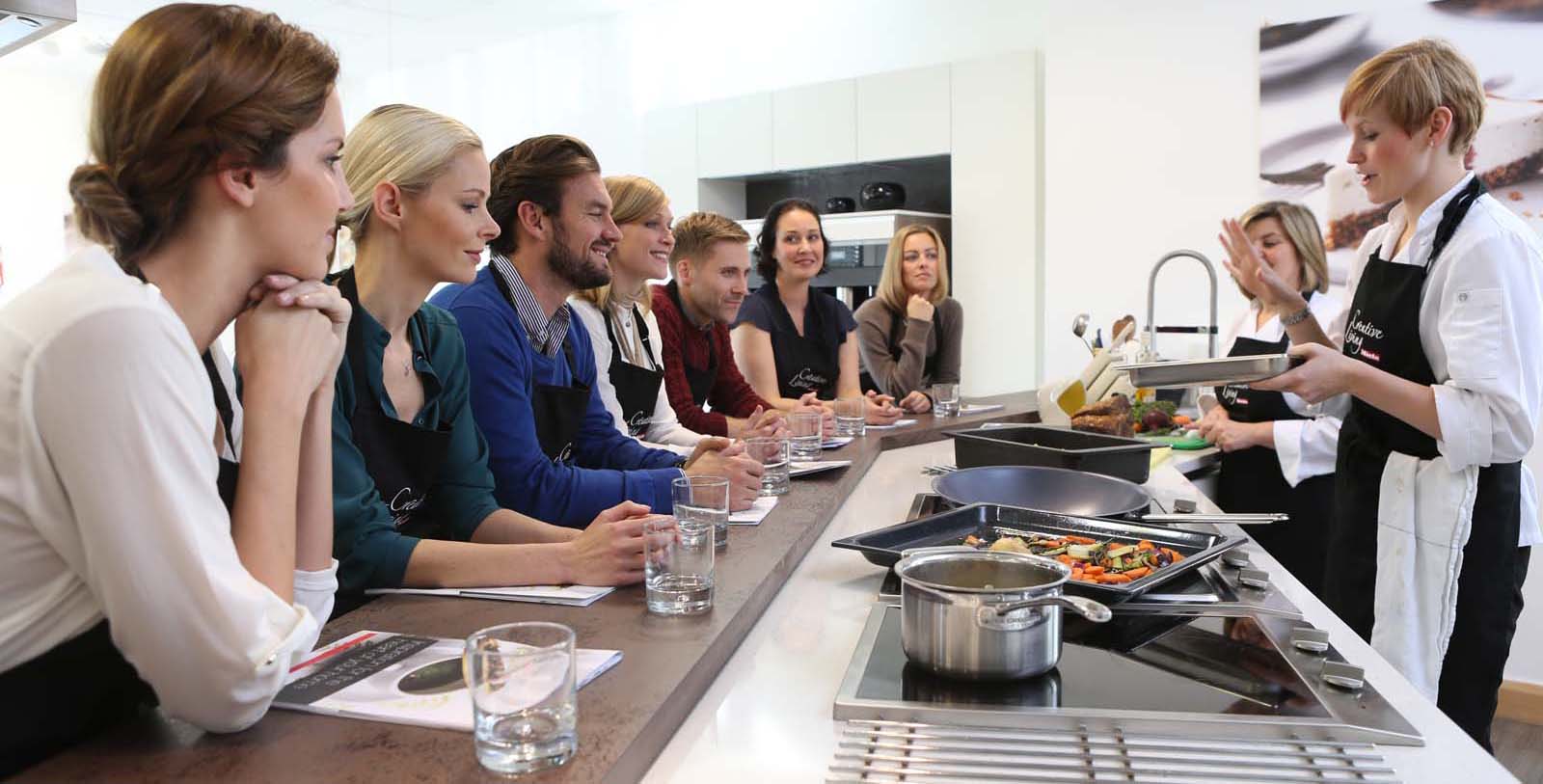Anyone who has had to give up gluten may say that bread is the one thing they miss the most. It’s easy to replicate a fist of pastry, cookies or cakes with gluten free flours, with very little know how, whereas bread is more complex. However, with a few delicious flours like buckwheat, quinoa and sorghum on your shelf and the right equipment it is possible to create gluten free breads with a soft, chewy crumb and a thin, crisp crust. Little compares to the smell of fresh bread filling a kitchen and the sound of a sharp breadknife slicing through the crisp crust of a newly baked loaf.
I write my recipes with a very specific result in mind – be it a crusty, soft crumbed white bread or a chewy, dark rye style sourdough loaf. I enjoy using a bespoke mix of flours, rather than picking up a bag of all-purpose gluten free flour. With so many inherently gluten free grains, it gives you the opportunity to create unique bakes that have an identity of their own, rather than always using flour that tastes and behaves the same. I have come to believe that gluten free bakers have the privilege of being even more creative, as they have an incredible range of flours to choose from, rather than restricting themselves to wheat, rye or spelt flour. Of course, everyone can include gluten free flours in their baking should they prefer and expand the flavour and diversity of their diet. If bread is as important to you as it is to me, I’d recommend trying a range of flours so you can begin to create delicious, wholesome bakes with a difference.

To do some of the work of gluten, I use psyllium husk powder rather than xanthan gum. There are some questions over the use of emulsifiers such as xanthan gum and carrageenan in free-from foods as they may irritate the lining of the gut if used frequently. On the other hand, psyllium husk acts as a prebiotic, feeding good microbes as well as helping to give bread and bakes a better consistency. If you are only able to find whole psyllium husks or a coarse powder, then you may need to grind them into a finer texture in a coffee grinder or high-speed blender. Gluten free dough is softer and less stretchy than wheat dough before baking, but with gentle handling and understanding, the results are equally as fantastic.
The right equipment is also vital, such as a baguette tray to make perfectly shaped baguettes, a couple of tall, narrow tins for great looking loaves and most importantly, an oven that maintains the desired temperature and ensures an even and uniform bake, such as a Miele Oven with Moisture Plus. For ease, once I have mastered the perfect recipe, I store my own customisable programme in the memory of the oven, making it available once again at the touch of a button, ensuring the desired results every time.
Having the basics right will make it easy to create and enjoy your very own, fresh gluten-free bakes, and you will never make do with shop bought gluten free bread again.
Find my recipe for a crusty gluten free baguette here

Planning Your Kitchen?
Discover the precision and accuracy of Miele with a complimentary 5 course taster menu that brings the appliances to life.



